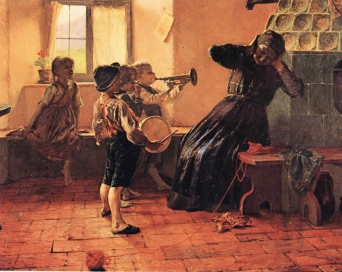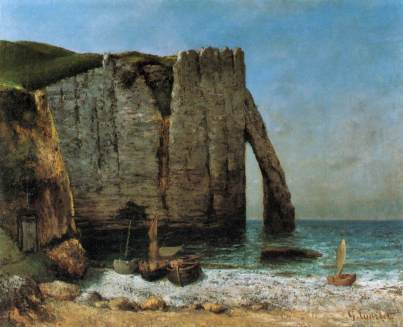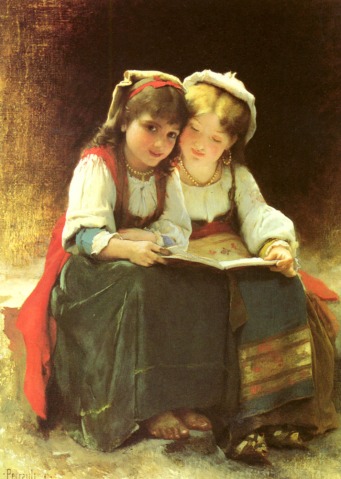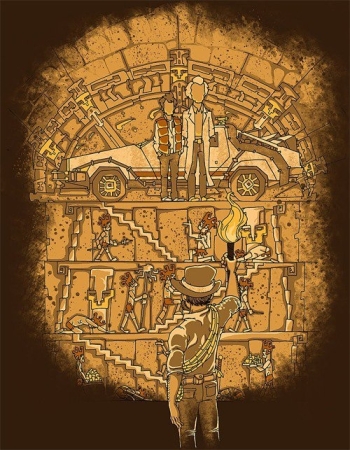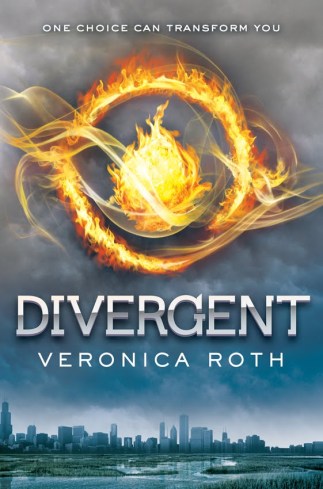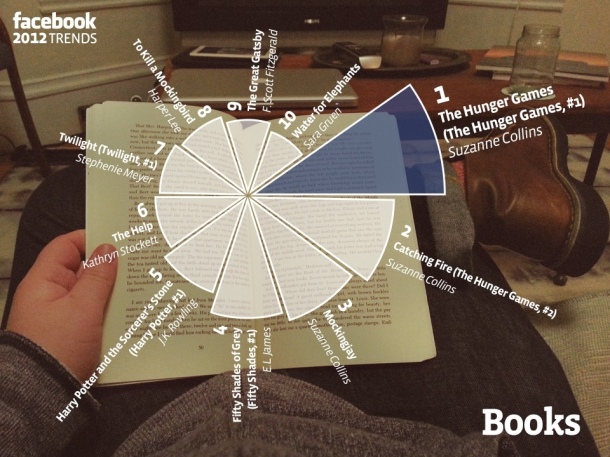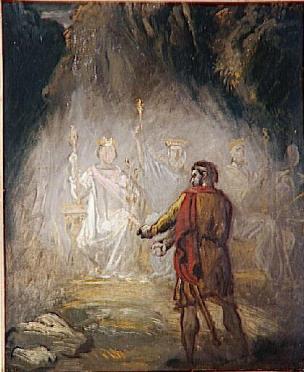Traveling over the holidays has gotten me thinking a lot about diversity. Everywhere you go, the people are different and diverse and represent different parts of the country in a wide variety of ways. This is especially obvious traveling through airports. At LAX, everyone was in a hurry, and I even spotted an older woman wearing serious fur and heels. At 7am. In Houston, passengers moseyed rather than striding along with urgency. In Florida, a significant chunk of stout older ladies with big earrings, East Coast accents, and too-tight leopard print clothing edged everyone else out of their way.
A female YA author* recently wrote a tumblr post about character diversity and how most YA MCs (main characters) are usually pretty, straight white girls without any physical impairments. First of all, I don’t think there’s anything wrong with writing about those girls (and I personally find it obnoxious when people say “cisgender” — just say straight, people, OMG. It’s like saying Caucasian or African-American instead of white or black. It’s snotty.). However, I do think it’s important to include representations of more than one type when you’re writing. In fact, as a white girl in Southern California, I find it a little twilight-zone-esque when there are only white people around. Here in LA, I’m definitely in the minority, and I notice when there’s no diversity. I was up in Yountville near Napa with family on Black Friday, and my mom said, “Isn’t it weird that there only seem to be white people here? I wonder why.”
When I was teaching, I didn’t have any white students at all, and I struggled to find good books with minority MCs. Also, I refused to include books in my classroom that were pro one race over another. People who exclude all races but their own are just as bad as the KKK (I’m looking at you, MEChA and Ta-Nehisi Coates). Suffice it to say, we read a lot of Walter Dean Myers.
Despite the lack of minority characters in popular YA, I would posit that it’s our duty as modern writers to include them when possible and as modern readers to ask for them when possible. Having different types of characters encourages young readers to open their minds, in addition to the fact that if every one of our characters were just copies of the same character over and over with different names (cough*Heinlein*cough), it would make our stories pretty flat.
There are many different types of diversity, not just skin color. In Markus Zusak’s The Book Thief, we find Nazis, Jews, Communists, and working class Germans all together in one book, creating conflict. In the Harry Potter series, Rowling brings us “pure bloods” and “muggle-borns” to create an overarching conflict through the series. Additionally, she brings in characters of different ethnicities (Dean Thomas, Parvati Patil, Cho Chang, etc.), and makes a point by having their ethnicities not matter a whit. In the Hunger Games series, the characters represent a variety of ethnicities and backgrounds and use these backgrounds to work together against the Capitol, especially in Mockingjay. You can also find minority MCs in House of the Scorpion by Nancy Farmer, Bless Me Ultima by Rudolfo Anaya, Romiette and Julio by Sharon Draper, Flight by Sherman Alexie, Monster by Walter Dean Myers, and Julie of the Wolves by Jean Craighead George, among many others.
Which books have you read that represent diversity well? Have you read any interesting blog posts/articles about character diversity?
*I can’t remember which author wrote this post, only that this post was linked on Cassandra Clare’s tumblr and may have been Holly Black, Sarah Rees Brennan, Maureen Johnson, or Ally Carter. Or some other female YA author. I spent 45 minutes digging through Cassandra Clare’s tumblr trying to find it. If you know which tumblr post I’m talking about, please link it in the comments.

